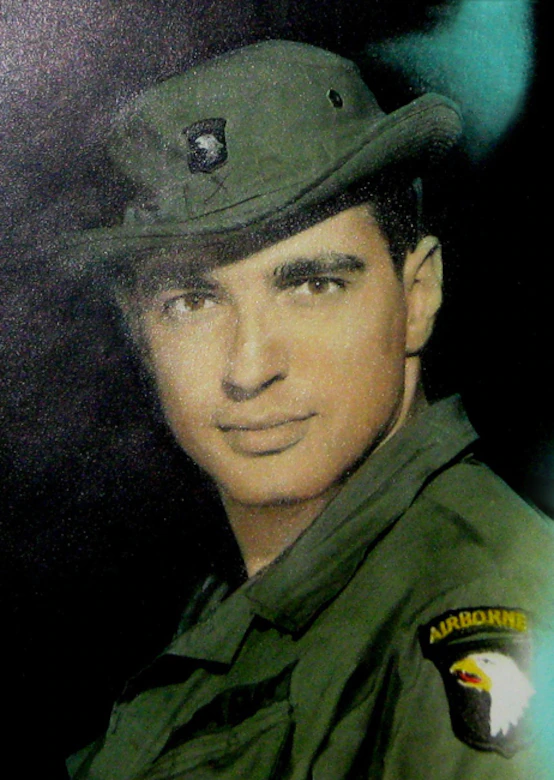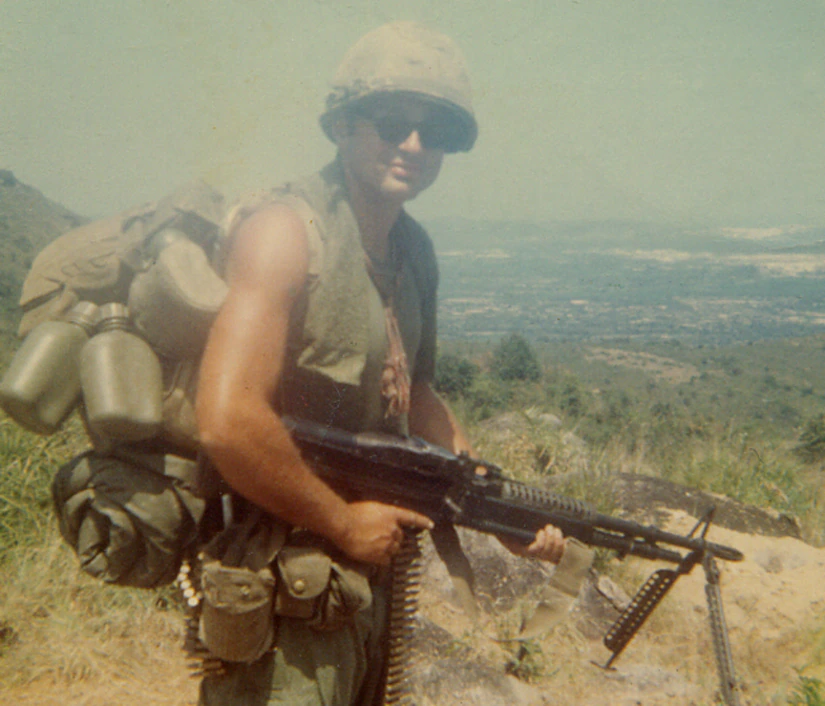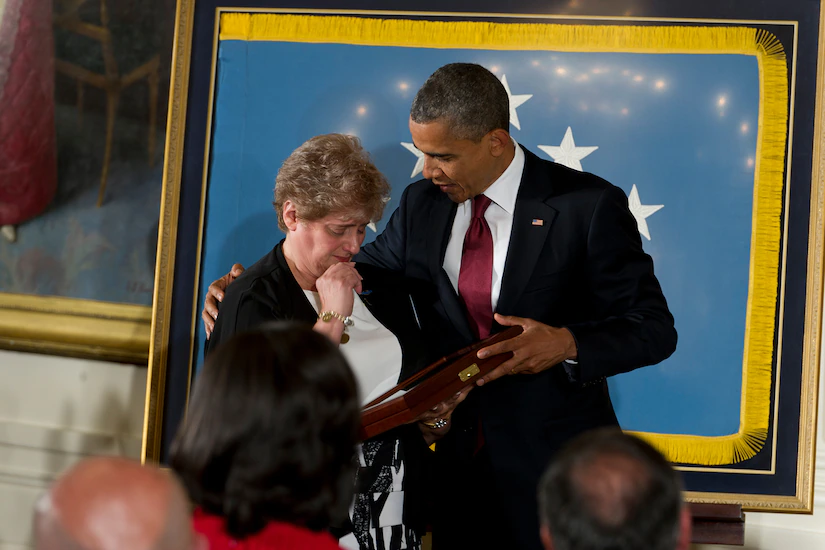The Story of MOH Recipient, Sergeant Leslie H. Sabo Jr.
Although he wasn’t born in the United States of America, Sergeant Leslie H. Sabo, Jr. was still willing to die for our nation. His efforts to save his fellow soldiers during the Vietnam War earned him the Medal of Honor decades after his death. To learn more about the incredible bravery Sabo displayed, continue reading below.
Sabo’s Upbringing
Leslie Sabo was born in Kufstein, Austria, on February 23, 1948, only a few years after World War II ended. His family fled to the U.S. when he was only two to escape the Soviet takeover of Eastern Europe. They moved to Ellwood City in western Pennsylvania, where Sabo grew up.

Known as being a hardworking and kindhearted young man- Sabo was working at steel mill when he was drafted into the U.S. Army in 1969. At just 22 years old, he became part of the 506th Infantry of the 101st Airborne Division, and was sent to Vietnam in November of 1969.
His Actions
On May 5, 1970, Sabo was sent into Cambodia as part of a secret reconnaissance mission aimed at preventing the North Vietnamese from staging attacks in Vietnam. Just five days later, on May 10, 1970, Sabo and others were on patrol in neighboring Cambodia, when they were ambushed by a much larger enemy force. Sabo without hesitation charged forward, killing several enemy fighters and successfully thwarted an enemy flanking effort before sprinting across an open field to assist a wounded comrade.
When an enemy grenade landed nearby, he threw the grenade back and shielded the wounded soldier from the resulting blast, which seriously wounded him in the process. Sabo then charged an enemy bunker through a barrage of automatic weapons fire, and silenced the bunker with a grenade, which also took his own life, and caused the enemy to retreat. Sabo was one of eight U.S. forces killed that day, but there would have been a lot more if it weren’t for his courageous and selfless actions.

After his death, Leslie Sabo was promoted to Sergeant, but unfortunately, his family was not fully aware of how he died for many years. According to the Pennsylvania Military Museum, it was reported that he had been killed by a sniper while guarding an ammunition cache in Vietnam. That’s likely because the mission in Cambodia was classified until the late 1990s.
Government records showed that Sabo was recommended for the Medal of Honor by his company commander, Captain Jim Waybright, shortly after the mission in which he died, but the account of his actions got lost for several decades.
Finally, in 1999, the paperwork was discovered by Alton Mabb, another 101st Airborne Division Vietnam veteran who had been doing research at the National Archives in College Park, Maryland.
In May 2012, 42 years after his death, Sergeant Leslie Sabo was finally recognized for his efforts. During a ceremony at the White House, Sabo’s widow, Rose Mary Buccelli — whom he married just a month before he left for Vietnam — accepted the Medal of Honor from President Barack Obama on his behalf.

The 101st Airborne Division fought in the Vietnam War for nearly seven years and lost more than 4,000 Soldiers during the conflict. Of the 20 Medal of Honor recipients in the division’s history, 18 of those soldiers earned their medal while serving in the Vietnam War.



